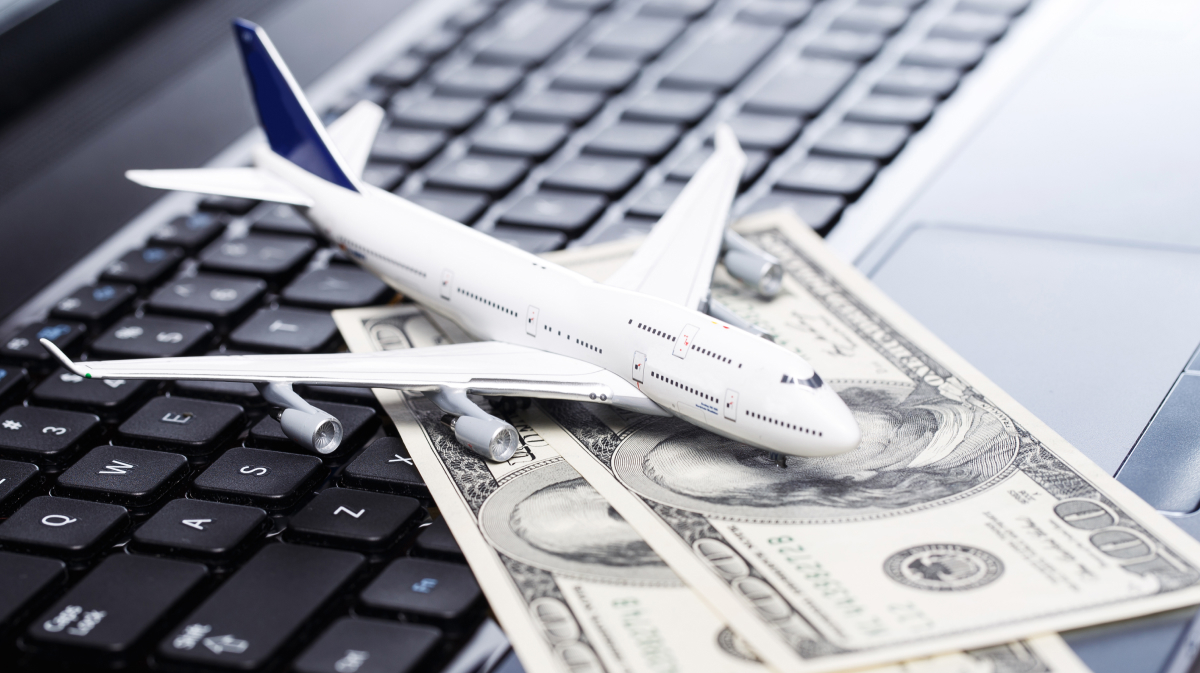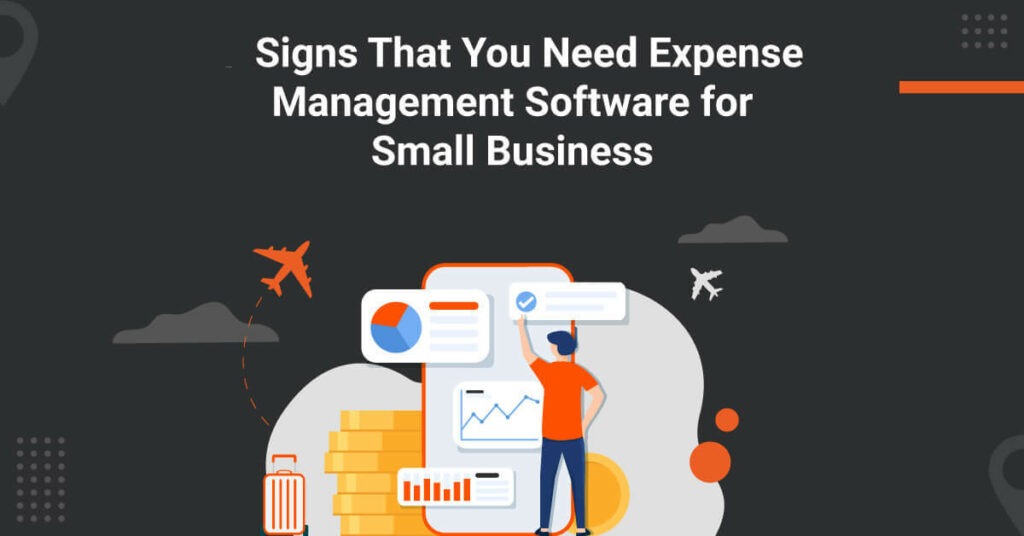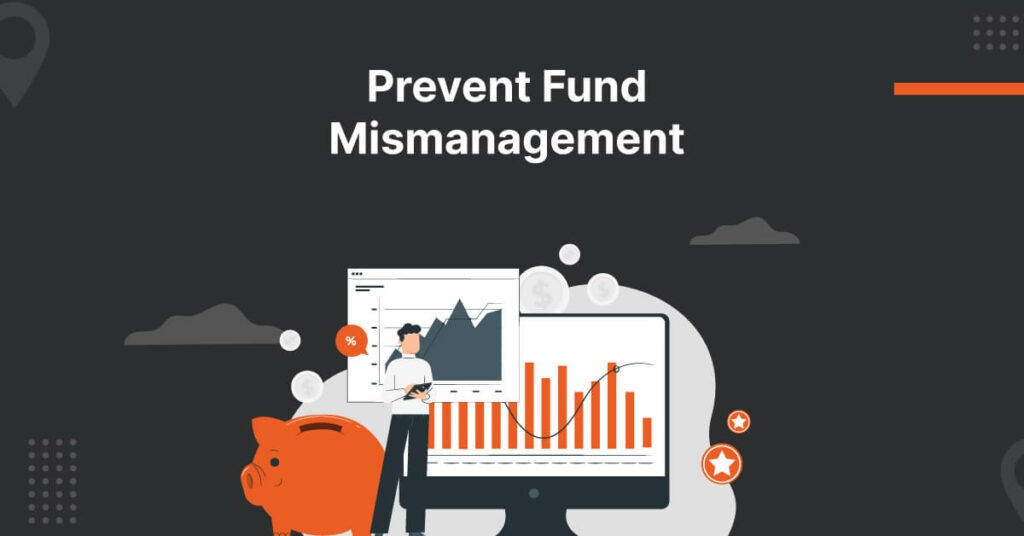
Disorganized and inefficient expense report management results in significant unnecessary costs for companies. Without streamlined processes and controls, employees waste time tracking expenses, managers struggle to approve reports efficiently, and accounting lacks visibility into spending. This results in delayed reimbursements, incorrect financial data, and bloated budgets.
This blog will explain how to optimize corporate finances and expense reporting.
Why Do Companies Face High Costs?
The first step to managing your finances is understanding the root causes of mismanagement. Some of these may include:
- Missing or lost receipts and documentation
- Inaccurate or incomplete expense categorization
- Lack of oversight and control over expenditures
- Missed deadlines for submitting expenses
- Excessive time spent by employees piecing together reports
- Difficulty consolidating and analyzing expense data
How can HR Streamline Expense Report Management?
Managing expense reports is often cited as one of the most tedious administrative tasks for employees. It’s easy to see why when the process involves lots of manual data entry, paper receipts, spreadsheets, and chasing down approvals. Streamlining the expense report management process through automation and integration can save HR departments time while reducing employee friction.
Some major ways to optimize your finance management are:
1. Integrating Expense Tracking with Company Cards
Company credit cards integrated with automated expense management systems provide real-time tracking and categorization of expenses, streamlining the entire process.
- Issuing company credit cards to employees eliminates cash advances and reimbursements. All approved purchases are directly billed back to the company.
- Expenses show up in real-time in the expense management system, avoiding manual data entry delays.
- Intelligent software can automatically categorize expenses to speed up approval workflows. For example, flights booked through the company travel agent are automatically tagged as airfare.
- Location data from corporate cards provides visibility into where money gets spent. This enables spending analysis by geography.
- Corporate card integration enables employees to set granular permissions and restrictions. For example, limiting meals to a set daily amount.
- While corporate cards provide tracking, integration with automated expense systems also enforces policy compliance. Any violations trigger alerts for easy correction.
- With expense data flowing directly from corporate cards, reports become available immediately. This eliminates submission lags and improves spend visibility.
By issuing company credit cards integrated with an intelligent expense management system, businesses gain real-time visibility and control over employee spending. Automation streamlines expense tracking while still maintaining compliance and oversight.
2. Establishing Expense Guidelines
Having clear expense report guidelines is crucial for controlling costs and ensuring compliance. Without standardized policies, employees may not understand what expenses are allowed or the proper report submission procedures. This opens the door to accidental or deliberate abuse of company funds.
To optimize the process, HR should spearhead an initiative to establish expense guidelines, including:
- I defined expense categories – Entertainment, travel, meals, office supplies, etc. Standardize the categories used across all reports.
- Amount thresholds – Set per-expense and daily limits for different expense types. Meals above $75 or airfare above $500 may require pre-approval.
- Receipt requirements – Specify which expenses require a receipt for reimbursement and acceptable receipt formats.
- Travel policies – Set rules for air/hotel class, loyalty programs, car rentals, etc.
- Approved items – Clearly state what the company will and will not reimburse for. Ex: alcohol is not reimbursable.
- Timelines – Employees must submit expenses within X days of purchase. Late submissions may be denied.
With clear, well-communicated guidelines, employees will understand what is expected for expense reports. This improves compliance, reduces accidental abuse, and streamlines approvals and processing – saving HR and finance teams major headaches. Standardizing expense policies across the organization is a key optimization for any HR department.
3. Implementing Automated Approval Workflows
HR can optimize expense report management by implementing automated approval workflows. This takes the manual approval process and automates it through technology.
Automated approvals streamline and manage expense reports processing by removing bottlenecks. Rather than reports sitting idle waiting for approver sign-off, they can move through the system quickly. This acceleration improves employee reimbursement time.
With automated workflows, approvals can be assigned based on rules and roles. For example, a manager may approve expenses under $1000, while a director approves anything above that threshold. The system automatically routes reports to the right people based on these pre-defined rules.
Suggested Read:
Top 10 Expense Management Software
4. Leveraging AI for Intelligent Recommendations
AI and machine learning can provide automated assistance to manage expense reports. Instead of relying solely on manual reviews, AI can help provide:
Duplicate expense detection: AI algorithms can scan expense reports and receipts to flag duplicate or overlapping expense submissions. This saves time catching erroneous or fraudulent expenses.
Policy violation alerts: Expense management systems can be configured with company expense policies. AI can then cross-check each expense report against those preset rules to identify out-of-policy expenses for further review.
Smart categorization: Employees often make mistakes or are inconsistent when assigning expense categories. AI tools can suggest the appropriate expense category based on past selections, merchant info, and other context clues. This makes expense reports cleaner from the start.
5. Providing Real-Time Visibility into Spending
A key benefit of modern expense management software is the ability to provide real-time visibility into spending through interactive dashboards. Rather than waiting until the end of a month or quarter to analyze expenses, HR teams can leverage dashboards to track spending categories and identify problem areas daily or weekly.
Dashboards allow you to easily view expense patterns by department, employee, project, or spend category. Metrics such as total spending, transactions, outliers, and policy violations are updated in real-time as new expenses are submitted. Drilling down into specific categories or high spenders quickly reveals opportunities for savings.
6. Enabling Anytime, Anywhere Expense Management
Employee mobility and remote work arrangements are increasingly common. As a result, companies need to provide expense management solutions accessible anytime, from anywhere.
With mobile-first, cloud-based expense management, companies enable employees to submit expenses easily without waiting until they return to the office. The result is faster reimbursements along with savings from automated workflows.
7. Integrating Expense Data with Accounting Systems
One of the biggest benefits of an automated expense management system is directly integrating expense data with your organization’s accounting software. Rather than relying on error-prone manual entry of expenses, a unified solution enables seamless syncing of all expense transactions across the company.
Dashboards and reporting give finance teams an up-to-date view of spending, allowing them to track budgets and cash flow closely. By eliminating duplicate data entry and disjointed systems, the integrated approach saves significant time and effort while reducing the potential for human error.
With streamlined flows from corporate cards to accounting, organizations gain greater control and understanding of finances. Automated syncing delivers major gains in efficiency, allowing the finance team to focus on high-value analysis rather than routine data tasks.
Invest in the Best Expense Report Management Software
An corporate travel management software with integrated expense like ITILITE is the definitive solution for seamless financial operations within a corporate setup. It provides you with all the above solutions on a single platform so that you can automate your processes and reduce errors.
ITILITE empowers your team to take control of expenses, providing real-time insights and analytics for smarter financial decisions. It integrates seamlessly with existing systems, making the transition smooth and hassle-free. ITILITE robust reporting capabilities provide in-depth analytics, manage expense reports, optimize spending, and drive cost efficiencies.
Book a free demo with us to know more.
















 and then
and then